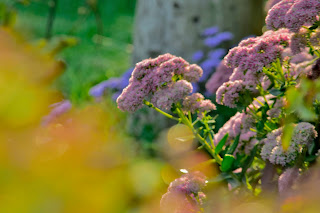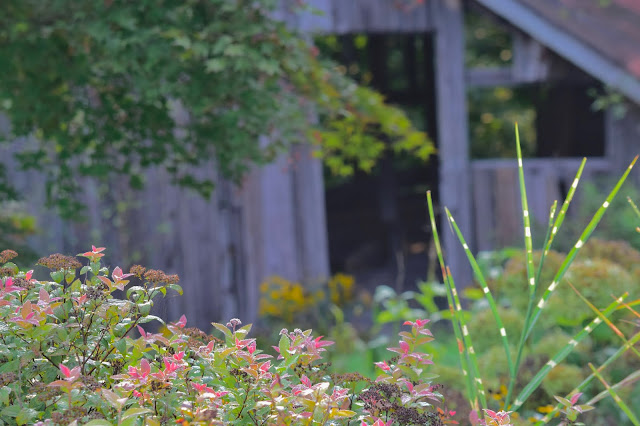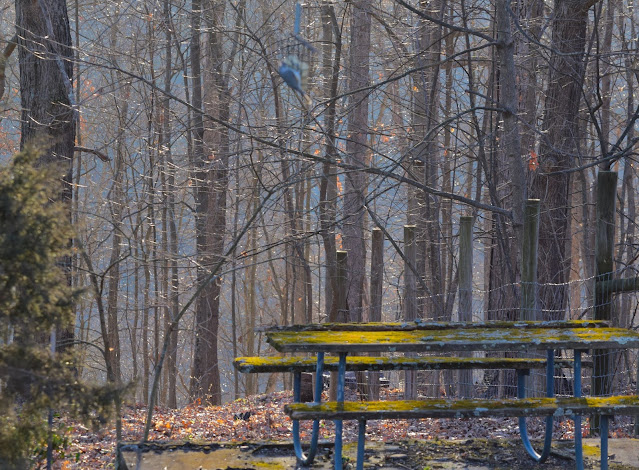The invitation offered through these autumn leaves connects with continued reading in Evelyn Underhill’s Mysticism: The Development of Humankind’s Spiritual Consciousness. Underhill builds our capacity to challenge the way our access to the divine has been blocked by the misrepresentation of mysticism as duplicitous magic. Do we forfeit our treasure by distrusting the mystic? Why should we accept the lie that God’s presence is limited only to the extreme ascetic? Why allow ourselves to cut ourselves off from God’s Love by filling our hearts with shallow stuff? For example, Underhill says,
“In the symbolic form there is no mental deception: the self is aware that it is being shown truth ‘under an image.’ . . . In such a vision as this, we see the mystic’s passion for the Absolute, his intuition of Its presence in his soul, combining with material supplied by a poetic imagination, and expressing itself in an allegorical form. It is really a visualized poem, inspired by a direct contact with truth (pp. 285-286).
Yes, in order to share the mystic treasure, we have to be able to work symbolically, but that is our human birthright. We’re much given to using words, to taking pictures, to doing art in many forms. We just have to go a bit further because it is easy to get caught on the surface, easier to resist paradox, easiest to prefer quick solutions rather than plumbing multiple translations/representations until the resonance of truth calls us home. But it’s in this mystic-like work and play that seeks truth where we find joy and peace. They’re calling from just a dimension further into the beauty, the love, the justice that our fingertips are almost touching and that our hearts are being touched by almost every day. This is the mystic pathway.
Imaginary vision of this kind is probably far more common than is generally supposed: and can exist without any disturbance of that balance of faculties which is usually recognized as “sane.” “If,” says Pratt, “there be any truth in Freud’s insistence upon the symbolic nature of normal dreams, it is the less surprising that the dream imagination of the Christian mystic should work up visions of a symbolic sort. . . . Our modern tendency to consider visions quite extraordinary and pathological is probably mistaken.” [Underhill, p. 288, quoting from Pratt’s The Religious Consciousness, p. 404]
The pathway depends on choosing Reality instead of “reality.” The trail is marked by appreciation for beauty when the fakes are discarded, by the taste of joy when thrill seeking’s abandoned, when true love gets valued above the cheap substitutes. It’s seeing beyond the surface as Underwood explains “the whole philosophy of vision”:
It is an accommodation of the supra-sensible to our human disabilities, a symbolic reconstruction of reality on levels accessible to sense. This symbolic reconstruction is seen as a profoundly significant, vivid, and dramatic dream: and since this dream conveys transcendental truth, and initiates the visionary into the atmosphere of the Eternal, it may well claim precedence over that prosaic and perpetual vision which we call the “real world.” . . . In these words she [Mechthild of Hackborn] understood how Love had subjected to herself the Omnipotent Majesty of God, had inebriated His Unsearchable Wisdom, had drawn forth all His most sweet goodness; and, by wholly conquering His divine justice and changing it into gentleness and mercy, had moved the Lord of all Majesty. (pp. 287-8).










































